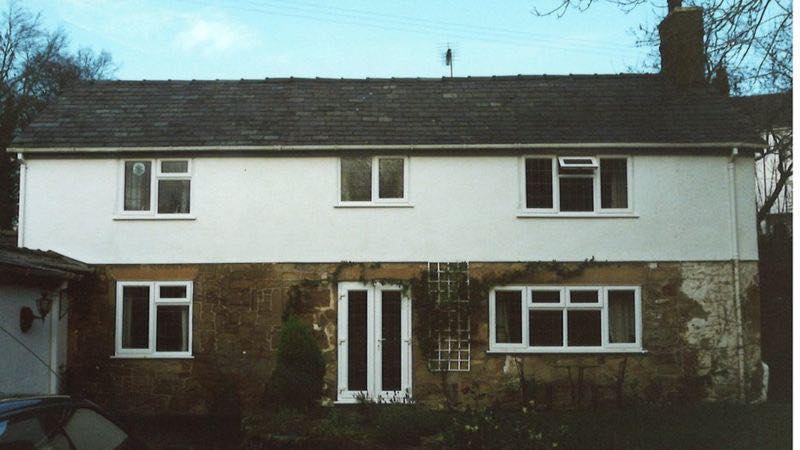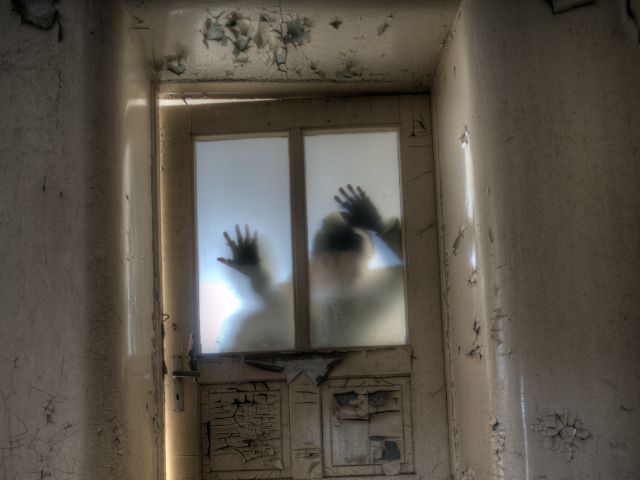
-
New Research Busts Myths Around What Really Happens When People ‘See Ghosts’
23 Aug 2023 by Maya-Rose Torrao in Entertainment, Tech/Sci, World
[imagesource:unsplash]
The world of the paranormal has haunted people for centuries. From disembodied voices to eerie apparitions, there are countless stories of spooky encounters that defy explanation.
While there is a certain amount of enjoyment to glean from the mystery of it all, science is catching up with all the tales of ghouls and spectres and we are getting better at understanding why some humans may ‘see dead people’.
Take, for instance, the case of Penyffordd Farm in Flintshire, north Wales, where former residents claimed their farmhouse was haunted in the 1990s.
A series of baffling incidents occurred while a couple lived at the homestead, including writing appearing on the walls, objects moving on their own accord and, the spookiest of all, a pregnant ghost who kept visiting the house from her grave in the garden. ‘Real’ or not, I would have yeeted out of there before the ghosts could even utter ‘Boo!’.
These tales from beyond the grave at the infamous Wales farm have now been revisited in a new BBC Three and BBC Wales show, titled Paranormal: The Girl, The Ghost and The Gravestone, and the thorough investigation of the apparitions has shed light on numerous myths surrounding the experiences.
The show delves into materials from the farmhouse that were previously locked away, shedding light on the eerie events that unfolded within its walls.
Two scientists, in particular, have delved into the psychological and environmental factors that contribute to people believing they’ve witnessed the paranormal, which has helped uncover the truth behind cases like the Penyffordd Farm.
Penyffordd Farm – spooky or just mouldy? [imagesource:facebook/paragatorsscotland]
One of these groundbreaking specialists, Dr. Chris French, the head of the Anomalistic Psychology Research Unit at Goldsmiths University in London, has dedicated his research to uncovering the psychology behind paranormal beliefs and unexplained experiences.
French attributes many ghostly visions to a phenomenon known as sleep paralysis. As people transition into rapid eye movement (REM) sleep, their brains inhibit bodily movements, causing a state where they’re awake yet unable to move. Hallucinations, which often include sensations of a presence, visions, and even auditory experiences, can arise during this phase. I’ve heard of people experiencing this surreal phenomenon but have never (thankfully) experienced it myself.
“Sleep paralysis is a kind of glitch in the normal sleep mechanisms,” explains Dr. French. “It can be terrifying. One student of mine told me about waking up and there’s a black cat by the side of the bed hissing at him. But it had an inverted cat skull with black goo dripping from its mouth.”
According to French, that disturbing image is caused by, yup: sleep paralysis. Although knowing what it is doesn’t make it any less creepy. Apparently, even though hallucinations account for a small number of sleep paralysis encounters, they count for a whole lot of ‘ghost sightings’.
As for the link between haunted houses and environmental factors, a long-explored trope in pop culture, the reasons may be less exciting than we thought: mould.
Another cutting-edge scientist in this world, Dr. Shane Rogers, a civil and environmental engineering professor at Clarkson University in New York has identified a correlation between reported hauntings and the presence of mould. He’s not talking about the saarmie you forgot in your lunchbox from last week, but rather heavyset types of spores that can affect your health negatively, especially after long-term exposure.
Moulds like Aspergillus, which is commonly found in damp buildings, can lead to symptoms like shortness of breath and dark shapes floating across one’s vision. The connection between mould exposure and symptoms that align with ghost sightings is a breakthrough in how we understand these phenomena, and Rogers is helping bust previously-believed myths with his tests.
“We can say for certain from our samples that there is a statistically significant difference in the prevalence of mold [sic] at haunted locations.”
Dr French has also proposed that the belief in ghosts often stems from three added psychological explanations: prior belief, context, and hallucinations.
While half-baked scientific theories have attempted to attribute ghost sightings to electromagnetic fields or low-frequency sounds, French’s studies reveal that the power of suggestion often holds more sway than any other factor. When participants were exposed to infrasound and electromagnetic activity in an artificially haunted room, their reports of unusual sensations correlated more with their susceptibility to suggestion than with the presence of these phenomena.
Makes me think of being a teenager at sleepovers and easily spooking each other with ghost stories, pranks and jump-scares. It seems that if you’re open to it, you can create the haunting yourself.
Knowing all this, I’ll still be enjoying the adrenalin of entering a spooky property not knowing what I might find, but at least now I know that an undead pregnant ghost won’t ACTUALLY rise from the grave to come get me.
It may just be the mould.
[source:bbc]
Latest News
-
Thai Woman Sentenced To Death For Murdering 14 Friends With Cyanide In Shocking Killing Spree
[imagesource: Sararat Rangsiwuthaporn] A woman in Thailand, dubbed 'Am Cyanide' by Thai...
-
René Magritte Painting Sells For Record R2.1 Billion At Auction
[imagesource:renemagritte.org] A René Magritte painting portraying an eerily lighted s...
-
Brave Rape Survivor Alison Botha Faces New Challenge After Brain Surgery
[imagesource: Alison Botha] Gqeberha rape survivor Alison Botha, a beacon of resilience...
-
Get Ready For The Mother of All Celebrations As MCQP Turns 30
[imagesource:mcqp/facebook] Clutch your pearls for South Africa’s favourite LGBTQIA+ ce...
-
The Iconic Good Hope Centre Is Set For Redevelopment
[imagesource:capetown.gov] The City of Cape Town’s Mayoral Committee has approved the...
-






























